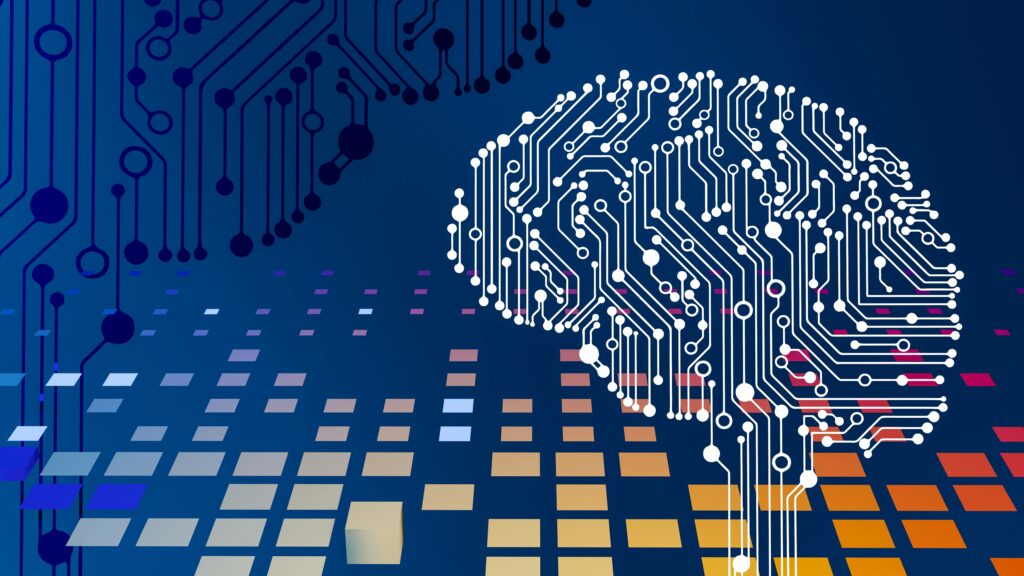Relentless digital innovation has defined the last few years, with the symbiotic relationship between AI and cybersecurity emerging as pivotal. Especially when it comes to safeguarding sensitive information and digital assets, AI trends have become indispensable. As cyber threats evolve in complexity, AI has emerged as a formidable ally, empowering organizations with advanced tools and techniques to stay one step ahead of malicious actors.
In this exploration, we delve into cutting-edge AI trends reshaping the cybersecurity realm. These trends represent the forefront of technological advancements, providing organizations with innovative solutions to fortify defenses against an ever-expanding array of cyber threats.
As the intricacy and severity of cyber threats continue to escalate, the integration of AI into cybersecurity practices has become imperative. Its infusion equips organizations with an arsenal of tools and methodologies, enabling defense mechanisms and strategic threat mitigation strategies.

AI Trends Transforming Cybersecurity
As cyber threats evolve in sophistication, traditional security measures encounter challenges in keeping pace with the rapidly changing landscape. In response to this demand, AI emerges as a transformative force, offering a dynamic and adaptive approach to cybersecurity. Leveraging machine learning algorithms, neural networks, and many other AI technologies, organizations analyze vast datasets with unprecedented speed and precision.
Through this process, AI identifies patterns and anomalies that might otherwise elude human detection, empowering security professionals with actionable insights. Indeed, 58% of security professionals anticipate the emergence of a completely new set of cyber risks shortly.
The integration of AI in cybersecurity does not seek to replace human expertise; rather, it serves to augment it. By leveraging AI-powered tools and technologies, security professionals are equipped to focus on strategic decision-making, leveraging their expertise and domain knowledge.
Meanwhile, AI assumes the role of handling the heavy lifting associated with data analysis and threat detection. This symbiotic relationship between human intelligence and AI capabilities ensures a more comprehensive and proactive approach to cybersecurity, enabling organizations to stay ahead of emerging threats and mitigate risks effectively.
1. Harnessing Predictive Intelligence
AI revolutionizes threat intelligence by enabling predictive capabilities. Machine learning algorithms analyze historical data, current threats, and emerging patterns to predict potential future cyber threats. This proactive approach enables organizations to implement preemptive measures and close vulnerabilities before hackers exploit them.
2. Behavioral Analytics
Traditional signature-based approaches struggle to keep up with zero-day attacks and advanced “smart phishing.” However, AI-driven behavioral analytics adopt a different approach within the realm of AI trends. They prioritize understanding the normal behavior of systems and users. Alerts are triggered by deviations from these patterns, aiding in the identification of potential threats. This identification relies on anomalous activities rather than known signatures.
3. Automated Security Solutions
AI-empowered autonomous security systems are increasingly prominent. They automatically detect, analyze, and respond to cyber threats in real-time, minimizing response times and reducing security incident impacts. Automating routine security tasks enhances efficiency, enabling human experts to focus on cybersecurity’s strategic aspects.
4. Interpretable AI
AI’s role in cybersecurity decision-making is increasingly critical, emphasizing the need for transparency. Explainable AI (XAI) addresses this by providing insights into how AI algorithms reach conclusions. This enhances trust in AI-driven cybersecurity and aids security professionals in understanding AI system decisions.
5. Boosted Cloud Security
Securing cloud environments has become a top priority with the widespread adoption of cloud services. AI plays a crucial role in enhancing cloud security by continuously monitoring activities, detecting anomalies, and swiftly responding to threats within cloud-based infrastructures. Given the dynamic nature of cloud environments, adaptive security measures are essential, making AI an ideal solution for fortifying cloud security.
6. Trickery Technology
Deception technology creates decoy assets within a network to mislead attackers. Companies integrate AI into deception tech to enhance decoy realism and responsiveness to attackers’ behavior, aiding early threat detection and offering insights into attacker tactics and techniques.
Pioneering Cybersecurity’s Future with AI
As the threat landscape evolves, integrating AI into cybersecurity becomes crucial, transcending from strategic choice to necessity. These AI trends signify a paradigm shift, empowering organizations to construct more resilient and adaptable cybersecurity frameworks.
Staying informed and embracing the transformative power of AI is imperative for businesses to navigate the complexities of the digital landscape confidently, fortifying defenses against emerging threats. AI serves as a beacon of innovation, consistently pushing the boundaries of cybersecurity possibilities. The symbiotic relationship between human expertise and AI-driven capabilities is pivotal in shaping the future of data security.
Book a Security Enhancement Review
How robust are your digital defenses against sophisticated threats? The adversaries also leverage AI, leading to more perilous phishing and network attacks. Do you require assistance in evaluating your strengths? Enroll in a cybersecurity assessment to illuminate your capabilities.
We, at 911 Pc Help, can assist you in integrating AI-based protection and reinforcing your network against attacks. Reach out today to arrange a consultation.
